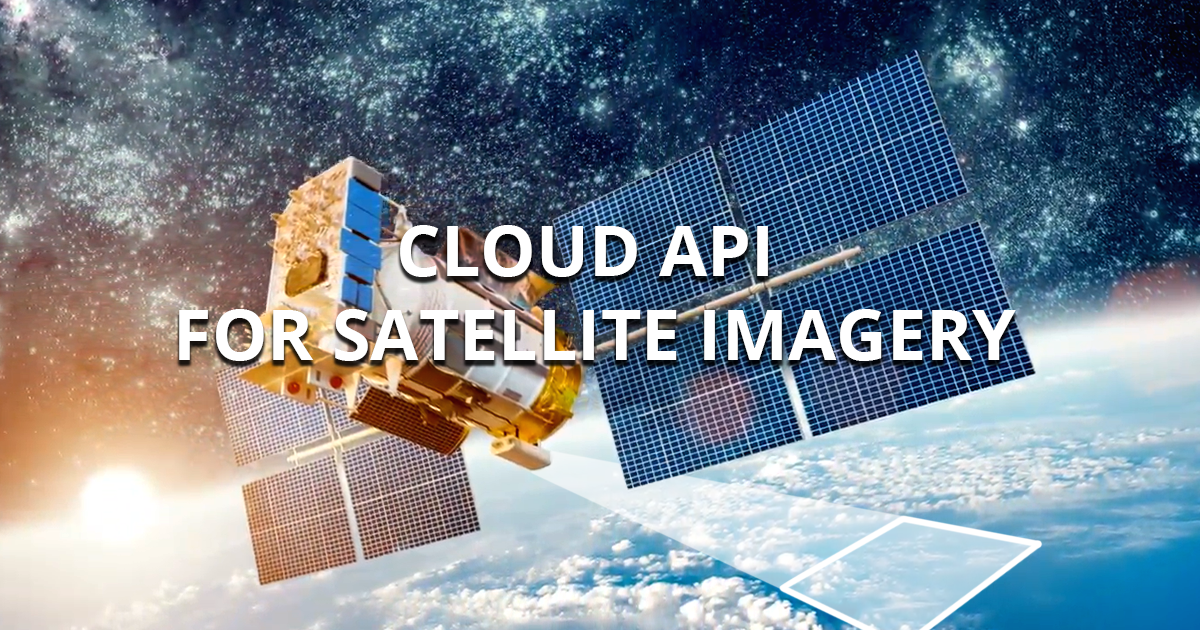referring to this section:
 docs.sentinel-hub.com
docs.sentinel-hub.com

Landsat 1-5 Multispectral Scanner System (MSS) Level 1
Use Sentinel Hub Processing API to access Landsat 1-5 Multispectral Scanner System Level 1 data with 4 optical bands.
i want to get ndiv values from the satellite mission: landsat 5 of type landsat-mss-l1
as mentioned in the above posted link, the data availability of it is from 1984 to October 1992, and from June 2012 to January 2013
as mentioned below in the code, i set the following timeRange:
“from”:“2012-06-01T00:00:00Z”,
“to”:“2012-12-31T23:59:59Z”
but then when i post the request, i receive bad request which indicates that there is something wrong with the request sentinel-hub
would you please point out why the below posted request is being rejected?
code:
return {
"input": {
"bounds": {
"geometry": coordsInEPSG3857,
"properties": {
"crs": "http://www.opengis.net/def/crs/EPSG/0/3857"
}
},
"data": [
{
"dataFilter": {
"timeRange": {
"from":"2012-06-01T00:00:00Z",
"to":"2012-12-31T23:59:59Z"
}
},
"type": 'landsat-mss-l1'
}
]
},
"output": {
"width": width,
"height": height,
"responses": [
{
"identifier": "default",
"format": {
"type": "image/tiff"
}
}
]
},
"evalscript": `
function setup() {
return {
input: [{
bands: ["B04", "B08"],
units: "DN"
}],
output: {
bands: 1,
sampleType: SampleType.FLOAT32
},
mosaicking: Mosaicking.ORBIT
}
}
function updateOutput(outputs, collection) {
Object.values(outputs).forEach((output) => {
output.bands = collection.scenes.length;
});
}
function updateOutputMetadata(scenes, inputMetadata, outputMetadata) {
var dds = [];
for (i=0; i<scenes.length; i++){
dds.push(scenes[i].date)
}
outputMetadata.userData = { "acquisition_dates": JSON.stringify(dds) }
}
function evaluatePixel(samples) {
var n_observations = samples.length;
let ndvi = new Array(n_observations).fill(0);
samples.forEach((sample, index) => {
ndvi[index] = (sample.B08 - sample.B04) / (sample.B08 + sample.B04) ;
});
return ndvi;
}`
};
}

